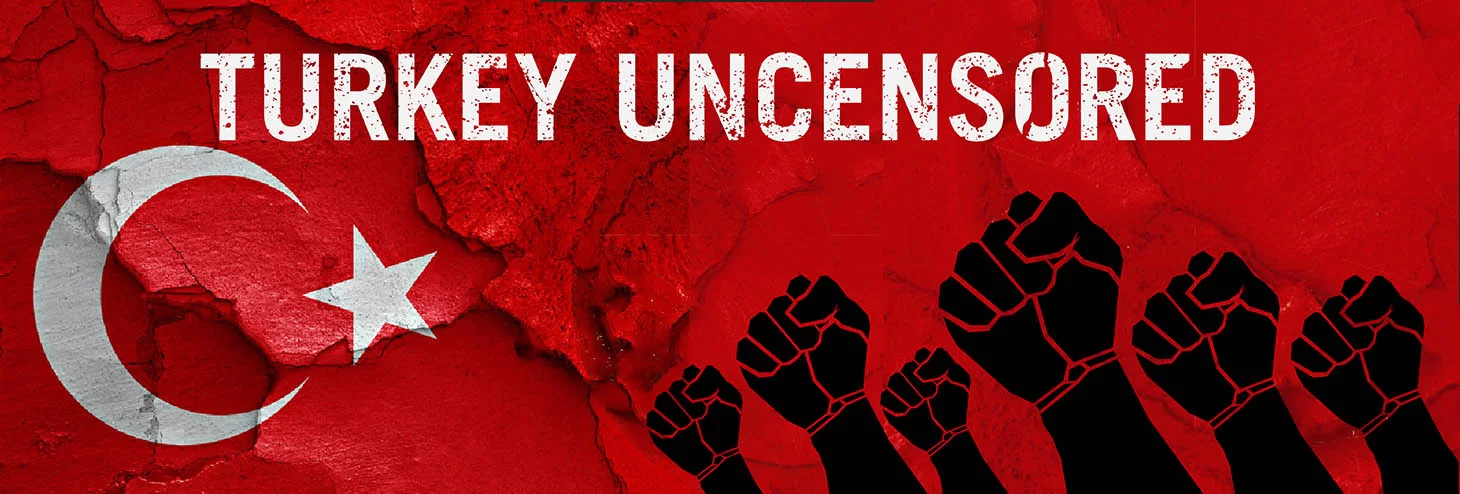A Deep Dive into Workplace Sexual Harassment
Workplace sexual harassment is a persistent and deeply troubling issue affecting countless employees across the United States. Defined as unwelcome advances, comments, or actions of a sexual nature, this behavior creates a toxic environment that undermines productivity, damages morale, and jeopardizes mental and physical health.
A growing body of research highlights the severe consequences of workplace sexual harassment, which range from anxiety, depression, and psychological distress to physical illnesses, absenteeism, and even suicidal tendencies. Addressing this problem is not only a moral imperative but also a critical factor in fostering a healthier, more equitable workforce.
In 2024, a revealing study conducted by J & Y Law, a legal firm specializing in sexual harassment cases, shed light on the states where workplace sexual harassment is most prevalent. Using a combination of data from the U.S. Equal Employment Opportunity Commission (EEOC) and workplace injury reports from the U.S. Bureau of Labor Statistics, the study ranked states based on an "Exploitation Score" that calculated cases of harassment and workplace injuries per capita.
The States Leading the List of Workplace Harassment in 2024
1. North Dakota (Exploitation Score: 83.3)
North Dakota emerged as the most abusive state for workers in the U.S. with 333 workplace injuries per capita and 337 sexual harassment cases per capita. The state’s alarming figures highlight a pressing need for reform and stricter enforcement of workplace safety and harassment policies.
2. Alaska (Exploitation Score: 74.7)
Alaska reported 500 workplace injuries per capita, the highest in the nation, and 166 sexual harassment cases per capita, making it the second-most challenging state for employees. The harsh conditions in some industries and a lack of robust preventative measures could contribute to these high numbers.
3. Vermont (Exploitation Score: 55.3)
With 226 injuries and 220 harassment cases per capita, Vermont ranks third. Despite its small population, the state has an unusually high rate of reported incidents, underscoring the need for heightened awareness and intervention.
4. Minnesota (Exploitation Score: 42.5)
Minnesota’s 411 injuries per capita rank as the second-highest in the country, but the state reported only 9 harassment cases per capita. The stark contrast suggests a possible underreporting of harassment incidents.
5. Nebraska (Exploitation Score: 41.7)
Nebraska’s 267 workplace injuries and 101 sexual harassment cases per capita placed it fifth on the list. This midwestern state reflects a concerning pattern of workplace exploitation that demands attention.
6. Iowa (Exploitation Score: 39.7)
Iowa ranked sixth with 343 injuries per capita (the third-highest in the nation) and 36 harassment cases per capita. The data points to a workplace culture that may inadvertently tolerate unsafe conditions and inappropriate behavior.
7. Indiana (Exploitation Score: 34.4)
Indiana, with 280 injuries and 43 harassment cases per capita, had a total of 1,451 reported harassment cases, making it the fifth state with the most reported incidents. These figures emphasize the need for targeted policy changes and enforcement in the state.
8. South Dakota (Exploitation Score: 33.2)
With 316 injuries and 10 harassment cases per capita, South Dakota’s eighth-place ranking highlights a significant issue, though its per capita harassment rate is lower compared to others on this list.
9. Kentucky (Exploitation Score: 32.7)
Kentucky reported 312 injuries and 10 harassment cases per capita. While the figures are slightly lower than those of other states on the list, they remain troubling and demand proactive measures.
10. Oregon (Exploitation Score: 31.6)
Oregon rounds out the top ten with 310 workplace injuries and only 4 harassment cases per capita—the lowest harassment rate among the top-ranked states. However, its overall exploitation score underscores lingering issues that need to be addressed.
Insights from the Study
A spokesperson from J & Y Law commented on the findings:
> "Our study reveals the trauma inflicted on individuals and families due to sexual harassment and workplace injuries. It’s alarming to see states like North Dakota ranking highest in exploitation scores. Employers and policymakers must take immediate steps to improve workplace safety and protect workers from harassment."
The study’s sponsors aim to use these findings to combat workplace cultures that enable unsafe conditions and harassment. By identifying the states with the highest rates of exploitation, the hope is to galvanize change and prioritize worker safety and dignity.
The Mental Health Toll of Workplace Harassment
Workplace sexual harassment isn’t just a professional issue—it’s a public health crisis. Research consistently shows the profound mental health impacts of harassment, including anxiety, depression, and psychological trauma. Victims may also experience physical symptoms such as headaches, fatigue, and other stress-related illnesses. In severe cases, harassment has been linked to suicidal ideation and attempts.
Overcoming Barriers to Reporting
Despite the prevalence and impact of workplace harassment, most victims remain silent. A 2018 CareerBuilder survey revealed that:
- 72% of victims did not report the incident.
- 54% of victims chose not to confront the harasser.
The reluctance to report often stems from fear of retaliation, embarrassment, or a belief that no meaningful action will be taken. This silence perpetuates a cycle of abuse and neglect, making it imperative for organizations to create safe channels for reporting and addressing harassment.
Steps for Victims of Workplace Sexual Harassment
If you experience workplace sexual harassment, consider taking the following steps:
1. Speak Directly: If safe, address the issue with the individual involved to make your discomfort clear.
2. Report to HR or Management: Bring the incident to the attention of your employer or HR department.
3. Seek External Resources: If internal reporting isn’t an option, external organizations can provide support.
Resources for Victims
- National Suicide Prevention Lifeline: 24/7 free and confidential support at 800-273-8255.
- NavexGlobal: Offers sexual harassment training programs to organizations.
- Operations Inc: Provides third-party reporting services for incidents of harassment.
A Call to Action for Employers and Policymakers
Employers and policymakers play a crucial role in combating workplace harassment. Organizations must foster a culture of accountability, inclusivity, and respect by:
- Implementing comprehensive sexual harassment policies.
- Conducting regular training for employees and management.
- Establishing confidential and secure reporting mechanisms.
- Ensuring swift and effective disciplinary actions against perpetrators.
Policymakers, meanwhile, must enforce stricter labor laws and allocate resources to monitor and address workplace harassment. By working together, businesses and governments can create safer environments for employees across all industries.
The Road Ahead: Building Safer Workplaces
The findings from the J & Y Law study are a wake-up call for organizations and lawmakers to prioritize workplace safety and harassment prevention. While the states highlighted in the study have the most severe problems, the issue of sexual harassment is a nationwide concern that requires collective effort.
By addressing this pervasive issue with compassion, urgency, and actionable strategies, we can pave the way for workplaces where every employee feels safe, respected, and empowered to thrive.





























0 Comments